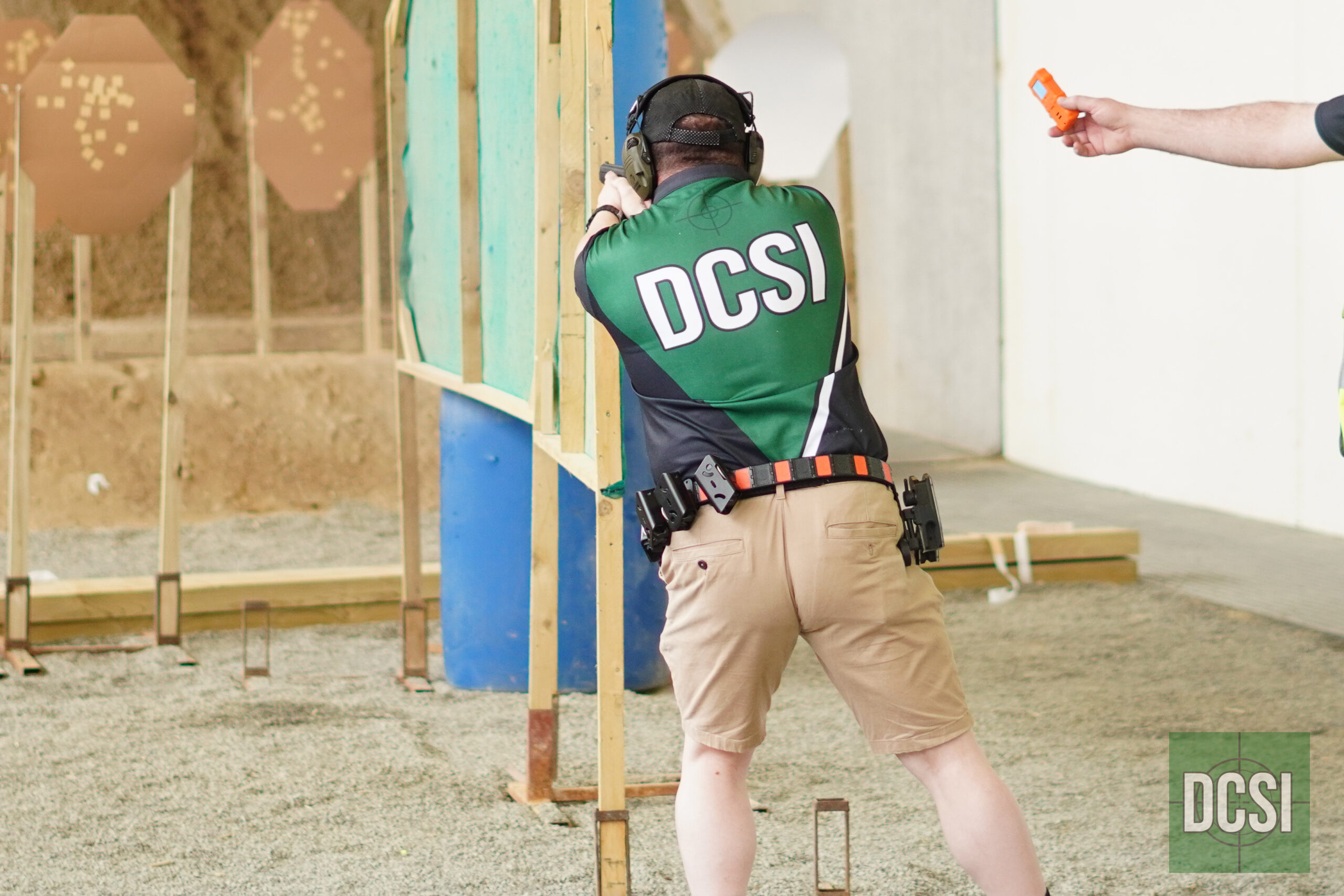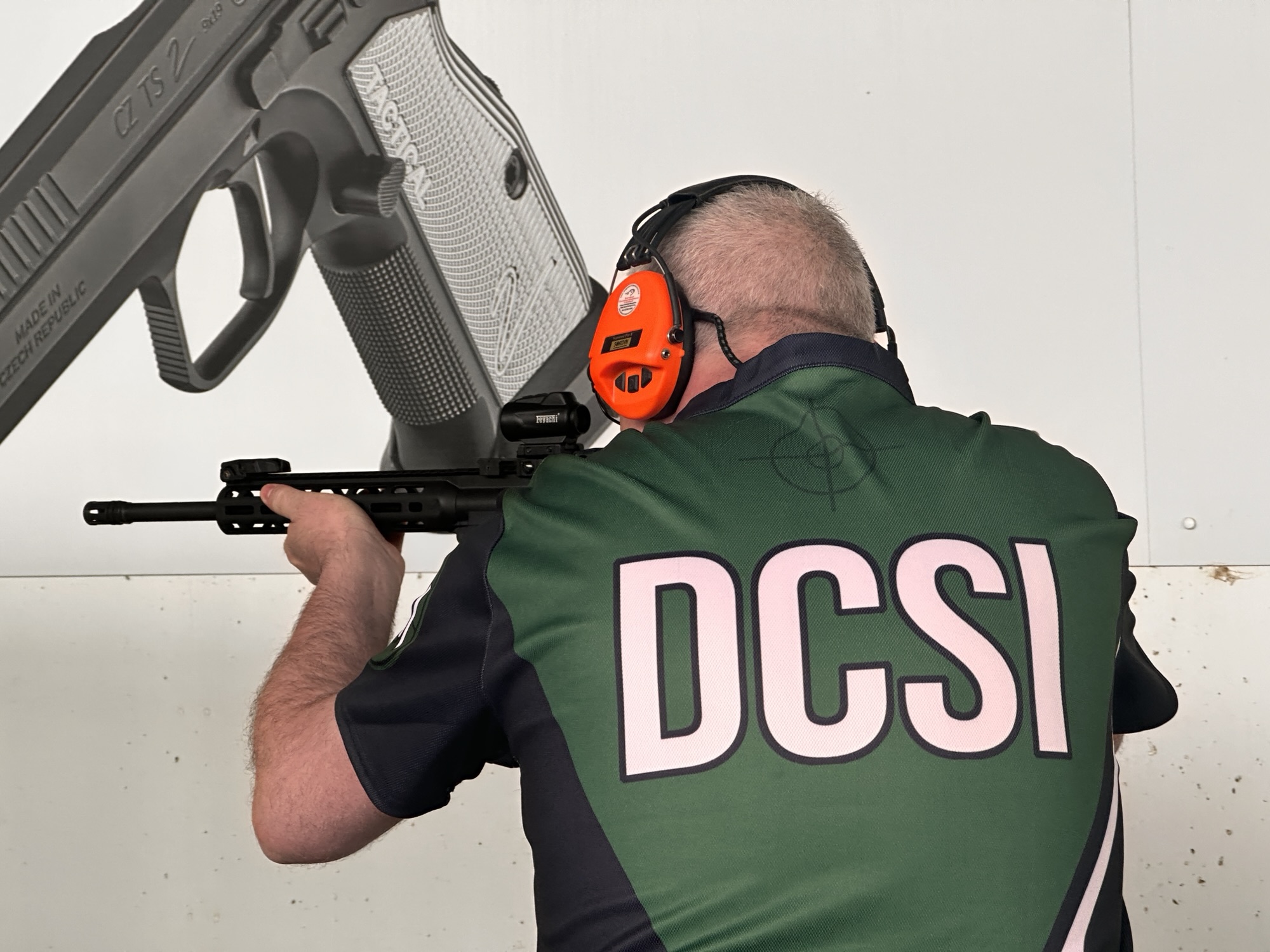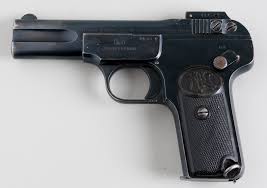
The semi-automatic pistol is one of the most iconic and widely used firearms in the world today, with a history that spans over a century. Its development was driven by the need for greater firepower, reliability, and ease of use compared to earlier designs like revolvers and single-shot pistols. This article explores the origins, evolution, and significance of the semi-automatic pistol.
The Origins of the Semi-Automatic Pistol
The semi-automatic pistol traces its roots back to the late 19th century, during a period of rapid technological advancement in firearms. Prior to its invention, handguns were primarily revolvers, which required manual cycling of the cylinder after each shot. While revolvers were reliable and effective, their design limited their capacity and rate of fire.
The concept of a self-loading firearm emerged with the invention of smokeless powder in the 1880s. This new propellant produced less residue than black powder, making the development of semi-automatic mechanisms feasible. Several inventors began experimenting with designs that utilized the energy generated by firing a round to automatically eject the spent cartridge and load the next one.
Early Innovations
The first successful semi-automatic pistol was the Borchardt C-93, designed by Hugo Borchardt in 1893. This design featured a toggle-lock mechanism and was chambered for the 7.65×25mm Borchardt cartridge. While innovative, the C-93 was bulky and impractical for widespread use. However, it laid the groundwork for future designs.
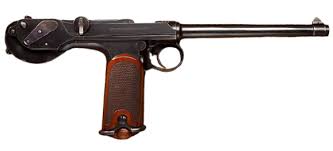
Borchardt C-93
A major breakthrough came with the development of the Mauser C96 in 1896. Known as the “Broomhandle Mauser” due to its distinctive grip, the C96 was one of the first commercially successful semi-automatic pistols. It saw widespread use around the world and became a symbol of modern firearm technology.
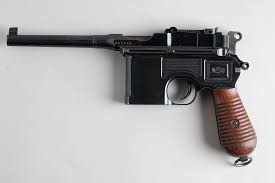
Mauser C96
The Browning Influence
John Moses Browning, one of the most influential firearms designers in history, played a pivotal role in the evolution of the semi-automatic pistol. In 1900, Browning introduced the FN M1900, which was the first pistol to use a slide mechanism. This innovation became a standard feature in modern semi-automatic pistols.

FN M1900
Browning’s most famous contribution came in 1911 with the design of the Colt M1911. This .45 ACP pistol was adopted by the U.S. military and served as the standard-issue sidearm for over 70 years. The M1911’s reliability, stopping power, and ergonomic design made it a favorite among soldiers, law enforcement, and civilians. It remains popular to this day.
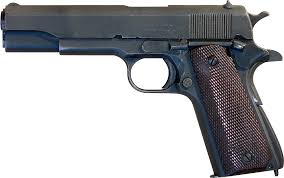
COLT M1911
Advancements in the 20th Century
The 20th century saw significant advancements in semi-automatic pistol technology. During World War I and World War II, pistols like the German Luger P08 and Walther P38 gained prominence. The P38, in particular, introduced the double-action/single-action (DA/SA) trigger mechanism, which improved safety and ease of use.

German Luger P08

Walther P38
In the post-war era, manufacturers such as Beretta, Glock, and SIG Sauer revolutionized the market with lightweight, polymer-framed designs and high-capacity magazines. The Glock 17, introduced in 1982, became a game-changer due to its simplicity, durability, and ease of maintenance. It quickly gained widespread adoption among law enforcement and military forces.
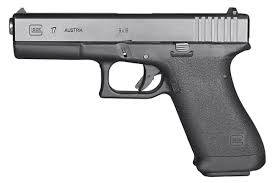
The Glock 17
The Semi-Automatic Pistol Today
Today, semi-automatic pistols are the most commonly used handguns worldwide. They are favored for their versatility, capacity, and ease of use. Modern designs incorporate advanced materials, precision engineering, and features such as modularity, optics compatibility, and ambidextrous controls.
Semi-automatic pistols are used in a variety of contexts, including self-defense, law enforcement, military operations, and competitive shooting. Their continued evolution reflects ongoing advancements in firearm technology and the diverse needs of users.
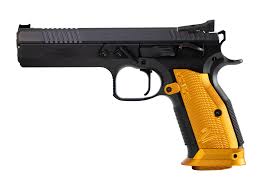
CZ TACTICAL SPORT 2
Conclusion
The history of the semi-automatic pistol is a testament to human ingenuity and the drive to improve upon existing technologies. From the early days of the Borchardt C-93 to the cutting-edge designs of today, these firearms have played a significant role in shaping both history and modern society. As technology continues to advance, the semi-automatic pistol will undoubtedly remain a cornerstone of firearm innovation for years to come.



